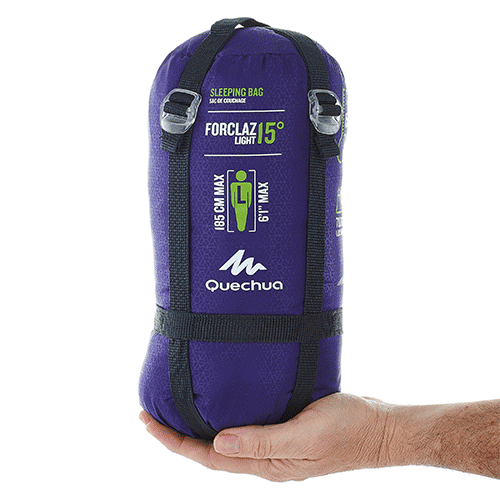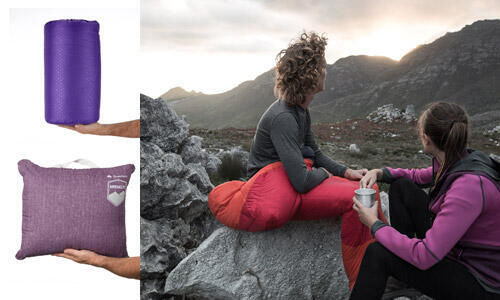Temperature
Sleeping bags are designed with specific temperatures in mind. If you’re camping in winter, you’ll need a sleeping bag that can keep you warm and – and this may come as a surprise – if you’re pitching up in summer, you’ll need a sleeping bag to keep you cool. Remember, even if you think it’s mild outside, temperatures can drop significantly at night, so do your research ahead of your trip.
Today, there are three main temperature categories which we’ve called out all our product pages:
- Warm, which is above 20°
- Mild, which is between 10 and 20°
- Cold, which is between 10 and 0°



